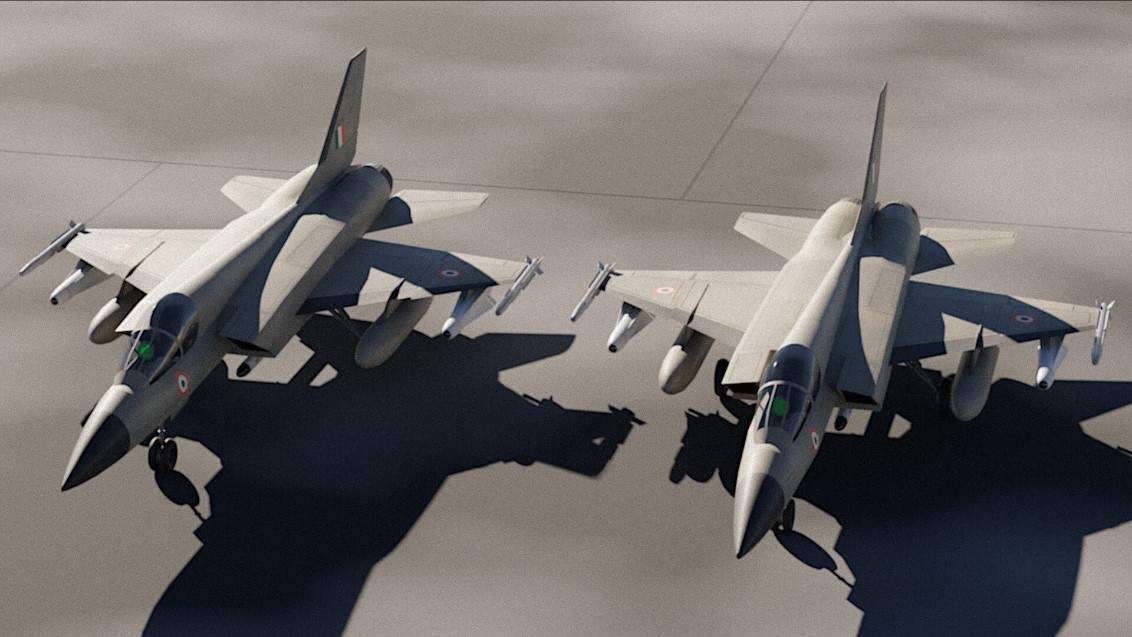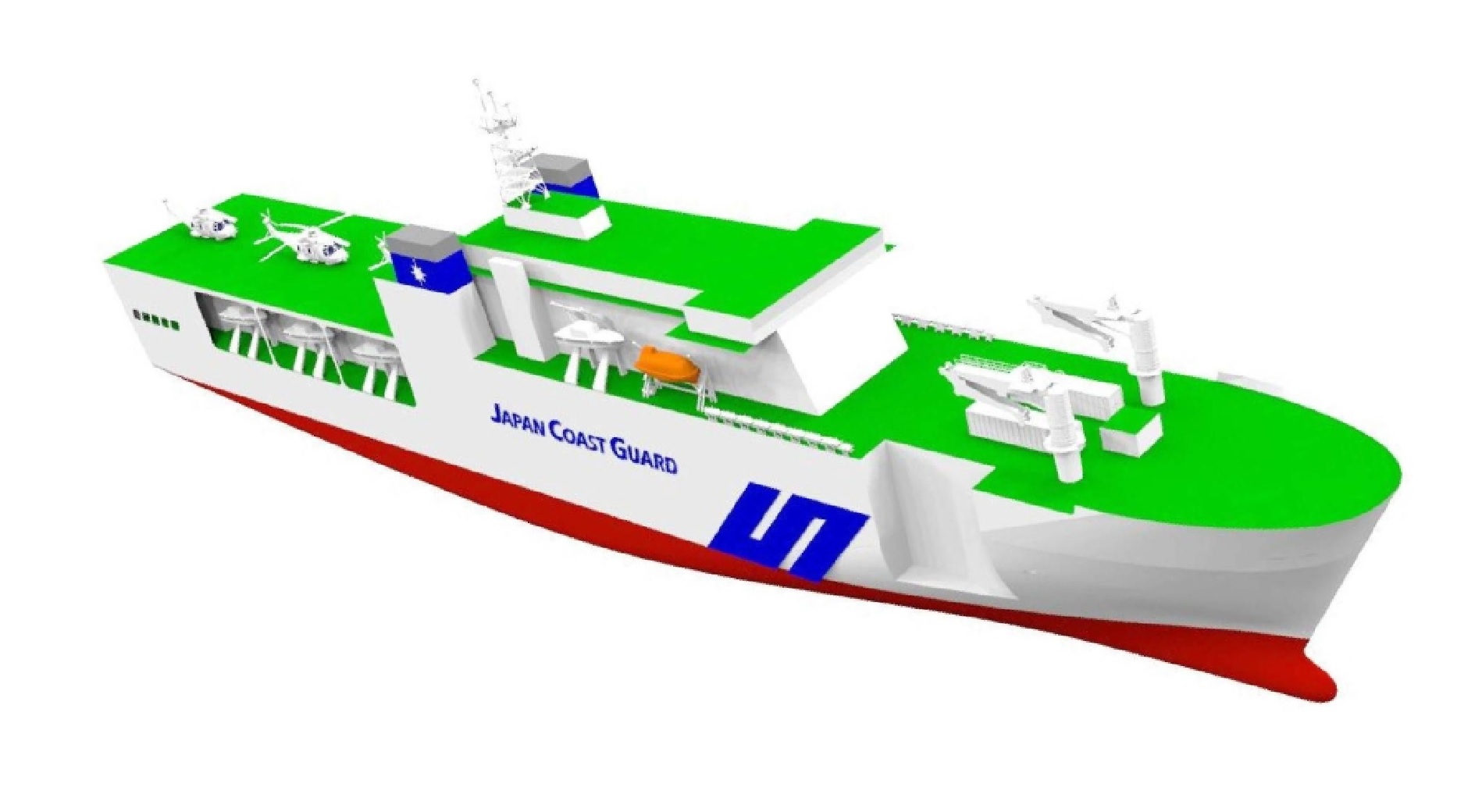Reviving HAL's Legacy: The Critical Need for Continuous Aircraft Design in India

Hindustan Aeronautics Limited (HAL) is one of India’s most prominent aerospace companies, recognized for its pivotal role in the nation’s defense sector. However, despite its early successes in combat aircraft design, HAL has faced significant challenges in maintaining a continuous design and development pipeline. One of the most glaring setbacks in this regard was the Indian Air Force’s (IAF) decision not to assign a follow-up project to HAL after the completion of the HF-24 Marut program. This lack of foresight resulted in the gradual erosion of HAL's design expertise, a loss that still impacts India’s defense industry today.
The HF-24 Marut, India’s first indigenously designed jet fighter, was a monumental achievement. It was a symbol of HAL’s growing prowess and capability in the realm of aircraft design. Despite some limitations in its performance, the HF-24 proved that India could develop combat aircraft in-house. But once the Marut program concluded, HAL found itself with little to no design work. This marked the beginning of a decline in HAL’s design expertise.
One of the most promising attempts to revive HAL's design capabilities was the HF-73 project. Initiated in 1972, this joint venture between HAL and Messerschmitt-Bölkow-Blohm aimed to develop a twin-engine strike fighter for the Indian Air Force. The HF-73 would have been a significant leap in India's aircraft development, offering the IAF a more modern, capable combat aircraft. It was intended to fill the gap left by the aging HF-24 and provide a foundation for future aircraft designs. Unfortunately, the project was shelved before it could reach fruition. The abandonment of the HF-73 further hampered HAL's ability to advance in aircraft design, stalling potential progress for decades.
This missed opportunity had long-term consequences. HAL's design bureau, which had shown its potential with the HF-24, was left underutilized. As engineers and designers who worked on the Marut project moved on or retired, their knowledge and expertise were not passed on to a new generation. The loss of this institutional memory proved costly as HAL became more dependent on foreign technology, limiting the development of indigenous capabilities.
This reliance on foreign technology is still evident today. HAL has had to collaborate with international partners for many of its modern projects. For instance, while HAL manufactures the Su-30MKI under license from Russia, the core design and technology are not Indian. Similarly, the Tejas Light Combat Aircraft (LCA), which took decades to develop, was heavily reliant on foreign expertise for key systems like the engine and avionics.
To reverse this trend and regain its standing as a leading aircraft design hub, HAL needs sustained investment in domestic design and research. A continuous aircraft development pipeline would allow engineers to build upon their experience, maintain a high level of innovation, and contribute to India’s defense autonomy. This requires not only financial support but also a strategic vision that ensures India’s defense industry is focused on self-reliance.
Moreover, as global defense technologies continue to evolve, there is a pressing need for India to foster indigenous innovation. By focusing on continuous aircraft design, HAL can lead India toward reducing its dependence on foreign suppliers. This shift is critical, as reliance on external partners for defense technology can limit India’s ability to respond independently to threats and geopolitical shifts.
The missed opportunity of the HF-73 project serves as a stark reminder of the importance of continuity in aircraft design. Had HAL been given the opportunity to pursue more projects following the HF-24, India’s defense industry might have been in a much stronger position today. Instead, the country has had to play catch-up, often turning to foreign manufacturers to fill gaps in its defense capabilities.
The path forward is clear: India must prioritize the development of indigenous combat aircraft, not just as a point of national pride, but as a critical component of its defense strategy. HAL’s design and development capabilities should be nurtured, with a long-term vision that supports sustained investment and innovation in the aerospace sector. By doing so, India can strengthen its strategic autonomy and become a true leader in defense technology.
Ultimately, the need for continuous aircraft design at HAL isn’t just about producing more planes—it’s about securing the future of India’s defense industry. It’s about ensuring that the next generation of engineers and designers are equipped with the skills and experience they need to keep India at the forefront of global defense innovation. And most importantly, it’s about ensuring that India is never again left without the capability to design and build its own aircraft.


